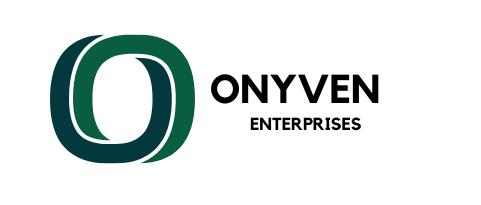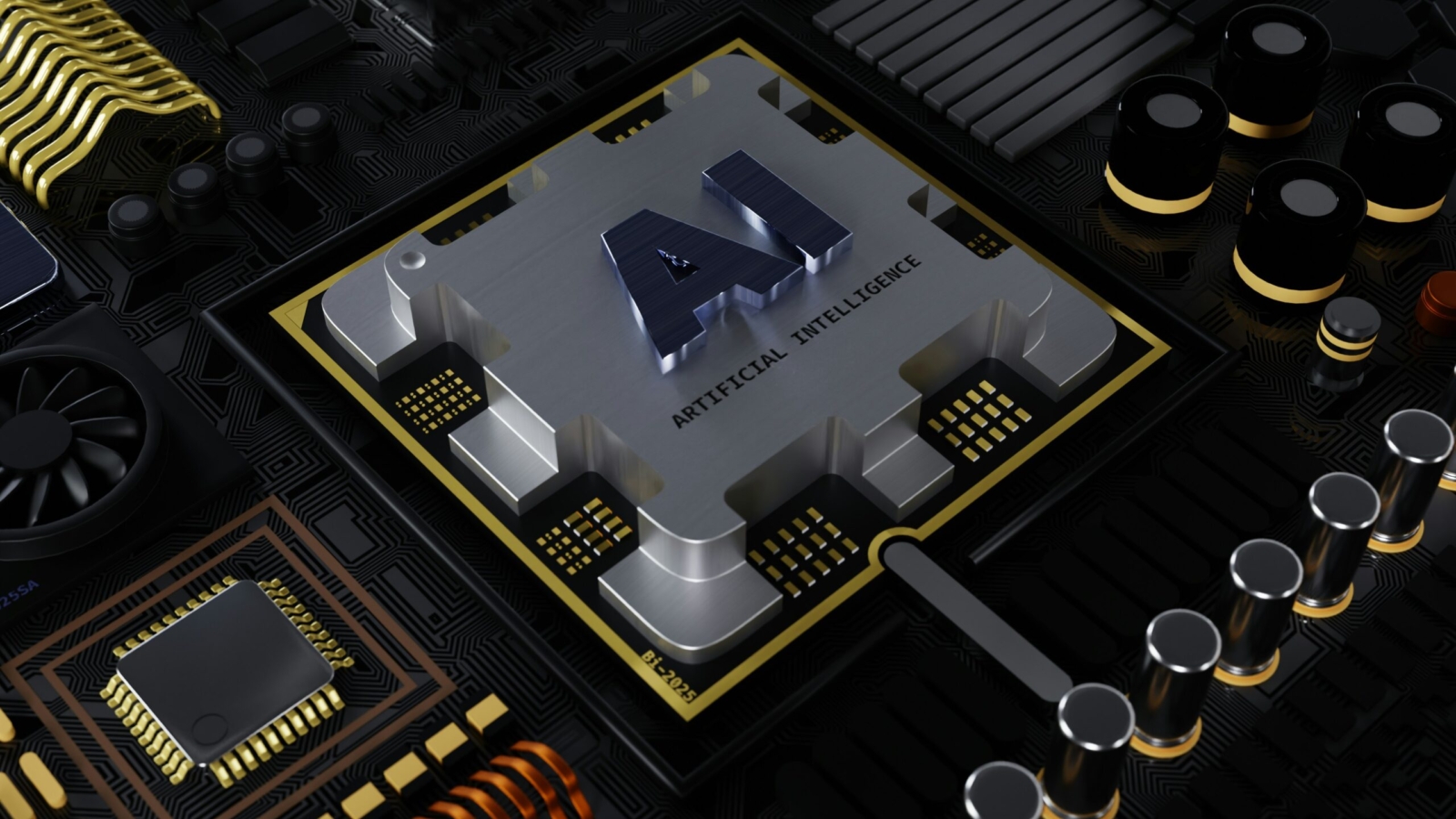Since Microsoft launched Copilot+, the PC market has become a battleground. Qualcomm initially had the upper hand, but AMD and Intel quickly introduced Copilot+ PCs, reducing Qualcomm’s early advantage.
AMD vs. Intel: Who Took the Lead?
AMD outperformed Intel by offering a broader range of Copilot+ compliant products, while Intel focused on premium offerings. Despite this, Intel remains the dominant player. Meanwhile, Qualcomm’s early momentum faded, and the laptop market has shifted more in AMD’s favor.
Why Qualcomm’s Copilot+ PCs Struggled
Microsoft rushed Copilot+ to market with two main features: Cocreator (based on DALL-E) and Recall, an indexing tool for locating files. However, Recall was poorly received and later pulled, leaving Cocreator as the sole standout feature—one that didn’t excite most laptop users.
Initially, only Qualcomm had Copilot+ PCs, but excitement was low. By the time Office integrated AI features, AMD and Intel had released competitive products. Qualcomm also faced challenges due to a lack of brand recognition in the PC space and software compatibility issues, particularly in enterprise environments. Without a strong marketing campaign to educate users on Copilot+ benefits, AMD and Intel took over the AI PC spotlight.
What Qualcomm Could Have Done Differently
Qualcomm had three major strengths: excellent battery life, superior wireless networking, and dominance in premium smartphones. However, it failed to capitalize on these advantages:
- AI Positioning: Microsoft’s poor Copilot+ rollout hurt Qualcomm’s AI messaging.
- 5G Integration: Qualcomm didn’t make its PCs widely 5G-capable, missing a potential market edge.
- Smartphone-PC Synergy: No strong “better together” strategy leveraged its smartphone dominance.
- Targeted Marketing: Instead of focusing on users unaffected by compatibility issues (small business owners, consultants, influencers, attorneys), Qualcomm aimed broadly, diluting its impact.
Additionally, Qualcomm needed a flagship product to showcase its strengths. The HP Folio PC, featuring a Snapdragon processor and 5G modem, had the ideal design. However, without strong marketing, Intel eventually replaced Qualcomm in this niche, and HP discontinued the model.
Intel’s Challenges and Leadership Shake-Up
Intel’s strained relationship with Microsoft led the latter to collaborate with Qualcomm. While AMD didn’t have a launch-ready product, its reputation for high-performance computing helped it execute effectively.
Intel’s struggles can be linked to a former CEO’s failed pivot to smartphones, which left the company behind both AMD and Qualcomm in AI PC readiness. More recently, Intel’s leadership change was partially driven by political shifts and concerns over U.S. semiconductor funding. With co-CEOs now leading the company, execution may become more tactical but less strategic.
Additionally, Intel lacked strong marketing and innovation leadership. The CMO role was underfunded, and the CTO functioned more like a COO, hindering Intel’s strategic vision. A true CTO is needed to reposition Intel as a market leader.
How AMD Outperformed Intel and Qualcomm
Among the three companies, AMD excelled by focusing on execution. While both AMD and Qualcomm reportedly considered acquiring Intel, Intel’s complexity makes such a move unlikely. AMD, however, was better positioned for such a transition due to its x86 technology and market coverage.
AMD could have pushed further to displace Intel but, like other companies, faced market resistance to long-term strategic investments. Still, its consistent execution led to impressive financial results and the greatest AI PC market gains.
Nvidia’s AI Supremacy and Future in PCs
While AMD and Intel battled in the PC market, Nvidia has emerged as the leader in AI hardware. With an upcoming Arm-based processor, Nvidia is well-positioned to disrupt the market as AI matures.
DeepSeek’s success using older Nvidia technology highlights Nvidia’s potential in AI-driven hardware. Unlike Qualcomm, Nvidia is likely to target both desktop and mobile PC markets, areas Microsoft overlooked in its Copilot+ rollout. AI-intensive applications like Cocreator are better suited for desktop PCs, yet they were largely ignored in the initial marketing push.
The Future of AI-Powered Devices
We are still in the early stages of AI integration in consumer technology. Over time, both smartphones and PCs may be replaced by AI-native hardware designed for seamless AI interaction. Nvidia is currently best positioned to drive this transformation, though Huawei also remains a key player in AI hardware development.
As AI adoption accelerates, companies that focus on strategic execution—like AMD and Nvidia—will likely see the greatest long-term success in the AI PC revolution.

